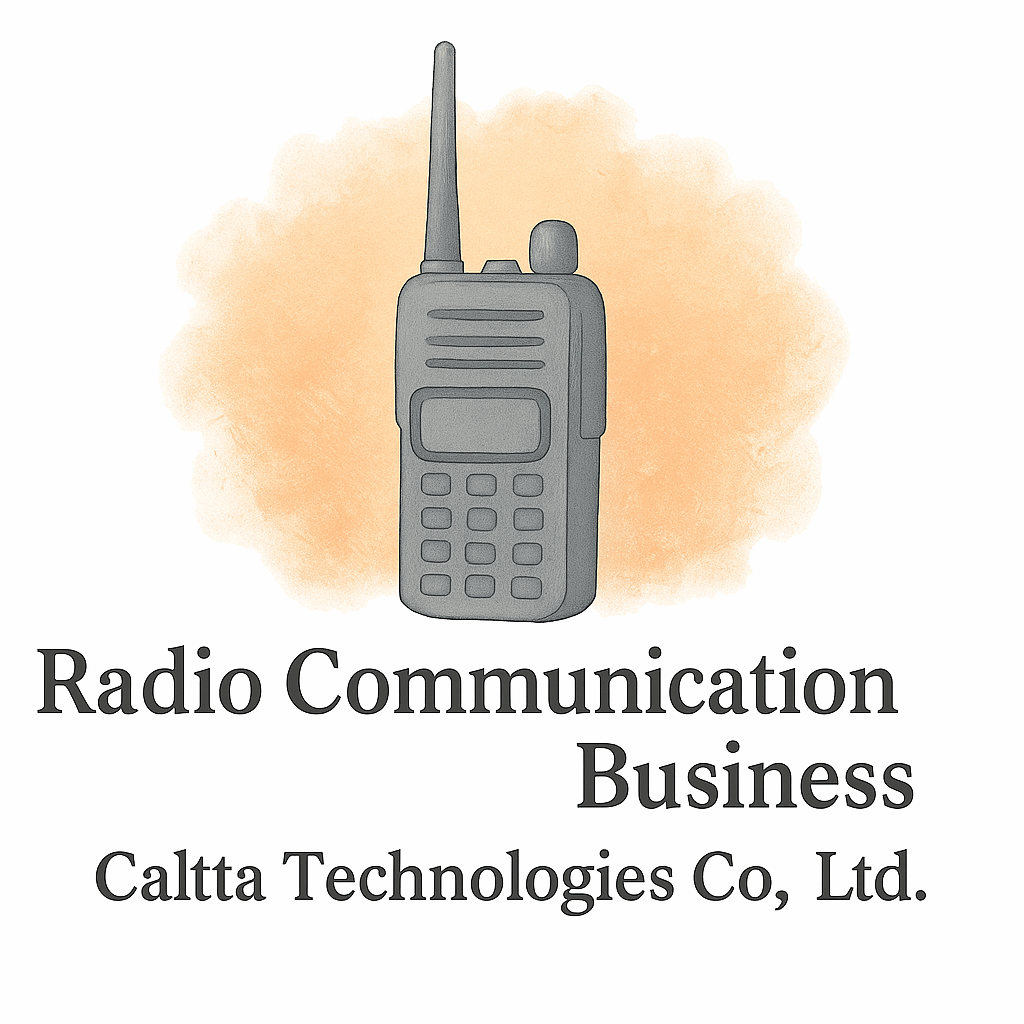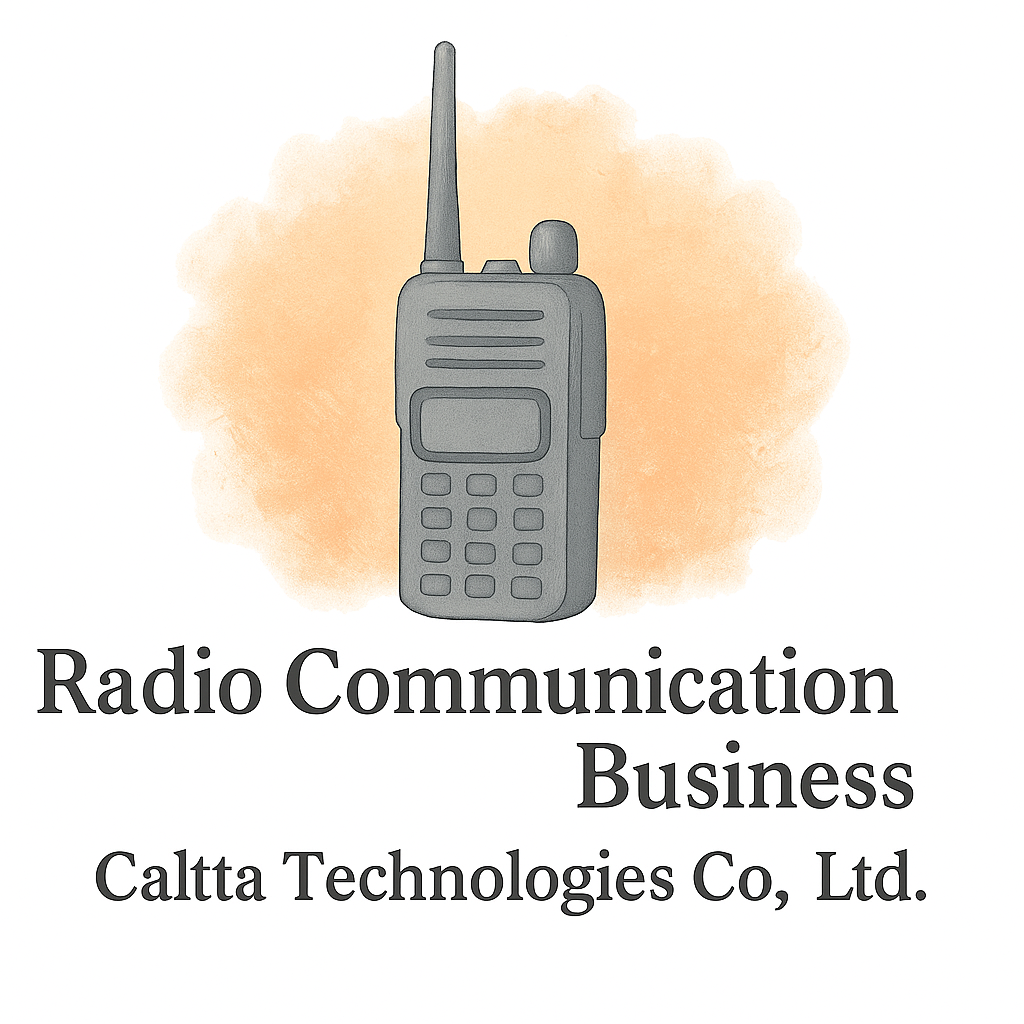When emergencies strike, every second counts. Firefighters, police officers, paramedics, and disaster response teams all rely on radio communication to coordinate their actions. But here’s the thing: even the best-trained professionals can fall into bad habits. And in an emergency, one misstep on the radio could lead to chaos instead of control.
In this guide, we’ll explore 8 common radio communication mistakes in emergency response—and how to avoid them. If your team depends on radios, this is your playbook for safer, smarter communication.
Why Radio Communication Matters in Emergency Situations
Imagine being in the middle of a fire, flood, or active crime scene without reliable communication. Radios are lifelines—helping responders:
- Share updates instantly.
- Call for backup.
- Coordinate large-scale responses.
Without them, confusion spreads like wildfire, and lives can be at risk.
The Role of Clear Communication in Saving Lives
Think of emergency radios like arteries in the body. If communication clogs up, the whole system weakens. When messages are short, clear, and accurate, responders can act decisively. When they’re garbled or delayed, the result can be wasted time—or worse, tragedy.
Common Radio Communication Mistakes to Avoid
Let’s break down the 8 mistakes responders often make and what you can do to steer clear of them.
Mistake #1: Talking Too Fast Under Pressure
Why Speed Affects Clarity
In high-stress moments, adrenaline spikes. Responders talk faster, cram details together, and end up sounding like static. The receiver catches half the words, leaving them confused.
How to Fix This Issue
Slow it down. Speak calmly, clearly, and with short pauses. Remember: the goal isn’t speed—it’s accuracy.
Mistake #2: Using Jargon or Unclear Codes
The Problem with Technical Language
Ever heard two responders use different codes for the same situation? Misinterpretation is common when jargon or “10-codes” vary across agencies.
Solutions for Clear Messaging
Stick to plain language when possible. If codes are required, standardize them across all agencies. Consistency saves time.
Mistake #3: Not Confirming Received Messages
Why “Copy That” Isn’t Enough
Saying “copy” doesn’t guarantee the message was understood. Maybe the details were misheard or cut off.
Best Practices for Confirmation
Repeat back key details. For example:
- Sender: “Unit 3, evacuate sector B.”
- Receiver: “Unit 3 confirms, evacuating sector B.”
Mistake #4: Overcrowding the Radio Channel
The Dangers of Too Much Traffic
When everyone talks at once, important updates get buried. This is like trying to shout instructions in a crowded stadium.
Ways to Control Channel Usage
- Assign communication leads.
- Use secondary channels for non-critical updates.
- Limit chatter to essential info.

Mistake #5: Ignoring Radio Discipline
Talking Out of Turn
Some responders jump in without waiting for others to finish. This leads to interruptions, lost details, and frustration.
Following Standard Protocols
Practice radio discipline: wait for breaks, keep messages short, and always identify yourself before speaking.
Mistake #6: Equipment Mismanagement
Battery Failures and Poor Maintenance
Dead batteries, broken antennas, or poorly set frequencies are disasters waiting to happen.
Training for Equipment Readiness
Train teams to:
- Check radios before shifts.
- Carry spare batteries.
- Report equipment failures immediately.
For more on equipment readiness, explore Caltta International’s Equipment & Technology.
Mistake #7: Lack of Standardized Protocols
The Impact of Missing Guidelines
If one team uses one style and another does something different, chaos follows. Without shared rules, misunderstandings multiply.
How Agencies Can Standardize Communication
Adopt national or regional communication standards. Agencies can also partner with industry experts—see Industry Insights—to refine best practices.
Mistake #8: Failure to Practice and Train Regularly
Why Training Reinforces Good Habits
Skills fade without practice. A responder who hasn’t drilled in months may panic or forget proper radio procedures.
Implementing Routine Drills
Schedule regular training sessions. Simulate real emergencies, test communication protocols, and identify weak spots.
You’ll find more valuable tips on business setup, regulation, and compliance at Caltta International.
The Cost of Radio Communication Mistakes in Real Emergencies
Small errors can spiral into big problems. Think:
- Evacuations delayed.
- Units sent to the wrong location.
- Confusion about who needs help.
In some past disasters, breakdowns in communication have cost lives. That’s why mastering these basics isn’t optional—it’s critical.
Best Practices for Effective Radio Communication
So, how do you build bulletproof communication habits?
Standardized Language Use
Cut out jargon. Use simple, plain words everyone understands.
Prioritizing Message Brevity and Clarity
Less is more. Stick to the facts. Short sentences = fewer mistakes.
Continuous Training and Simulation Drills
Practice until it feels natural. Training transforms good habits into second nature.
For additional insights, explore Training and Business Startup Basics.
Tools and Technology for Improved Emergency Communication
Modern Radio Equipment
Investing in durable, advanced radios prevents technical failures.
Digital Upgrades and Tech Tools
Digital radios, encrypted channels, and GPS-enabled communication tools keep teams efficient. Discover more tech updates at Caltta International Tech Tools.
How to Build a Strong Communication Culture in Your Team
Culture matters as much as equipment. Leaders must set expectations, enforce discipline, and encourage feedback. When communication is valued, teams thrive.
Conclusion: Building Confidence Through Communication
At the end of the day, radio communication mistakes in emergency response aren’t just small slip-ups—they can make or break an operation. By slowing down, using clear language, confirming messages, maintaining equipment, and training consistently, you can avoid these pitfalls. Strong communication builds trust, saves time, and, most importantly, saves lives.
For deeper resources on compliance, marketing, and industry strategies, check out Caltta International.
FAQs
1. Why is radio communication important in emergency response?
Because it connects responders instantly, enabling coordination and faster action.
2. What’s the biggest mistake in radio communication?
Talking too fast and overcrowding the channel are the most common errors.
3. How can teams avoid jargon confusion?
Use plain language or standardized codes across all agencies.
4. How often should responders train in communication drills?
At least quarterly, though monthly practice is ideal.
5. What role does equipment play in communication failures?
Poorly maintained radios or dead batteries can cripple response efforts.
6. Can digital tools replace traditional radios?
Not entirely. Radios remain the backbone, but digital tools are strong complements.
7. Where can I learn more about communication tools and best practices?
Visit Caltta International for equipment, compliance, and industry insights.


